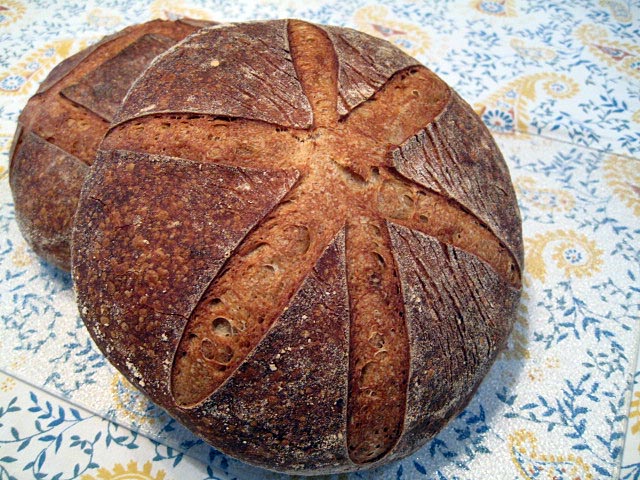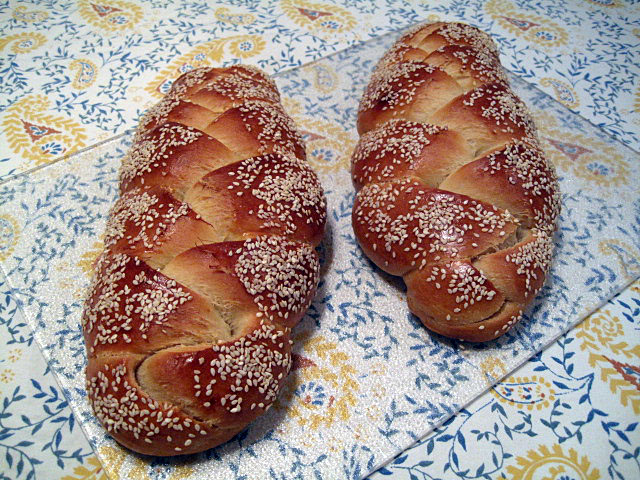Sourdough Multigrain Bread from "Advanced Bread and Pastry"
Multigrain sourdoughs have a delightful complexity of flavor, wonderful texture and phenomenal keeping quality because of the moisture retained in the soaker, as well as the effect of the levain. They are delicious fresh-baked, but their flavor only fully develops after a day or two when the distinctive flavors of the grains and seeds have had a chance to meld.
- Log in or register to post comments
- 17 comments
- View post
- dmsnyder's Blog








